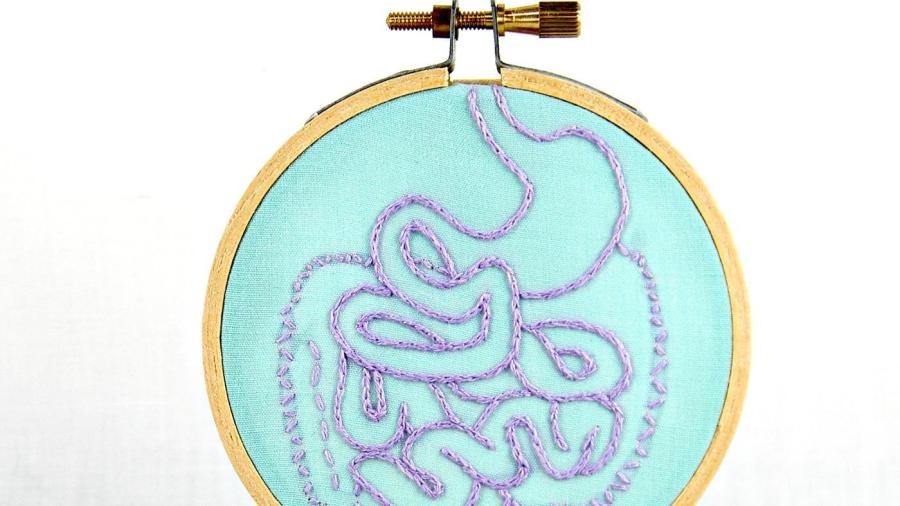What Is a Group of Organs Working Together Called?

A group of organs working together so that they can perform a function more complex than any of the single organs is called an organ system. Each of the 11 organ systems found in the human body contributes in some manner to the survival of all its living cells. Some of the ways in which organ systems maintain the body’s internal stability are by acquiring and distributing raw materials and nutrition, collecting and disposing of wastes and protecting the body from attack and injury.
The individual organs that comprise organ systems work together chemically and/or physically to perform their common task. The 11 organ systems of the human body, which are also found in many other animals, are the digestive, respiratory, circulatory, skeletal, muscular, integumentary, nervous, urinary, reproductive, endocrine and lymphatic systems. The lymphatic system is considered a subdivision of the circulatory system that does not transport blood, but rather forms and transports the lymph fluid which helps defend the body against disease.
The replacement of certain non-vital organs within organ systems has been made possible through the use of prosthetics or artificial organs. A lesser degree of success, however, has been achieved in the replacement of vital organs, such as the heart or kidneys, with artificial devices. Live organ transplants are one approach to replacing a vital component in an organ system, but the transplanted organ can possibly be rejected by the recipient’s auto-immune system.





